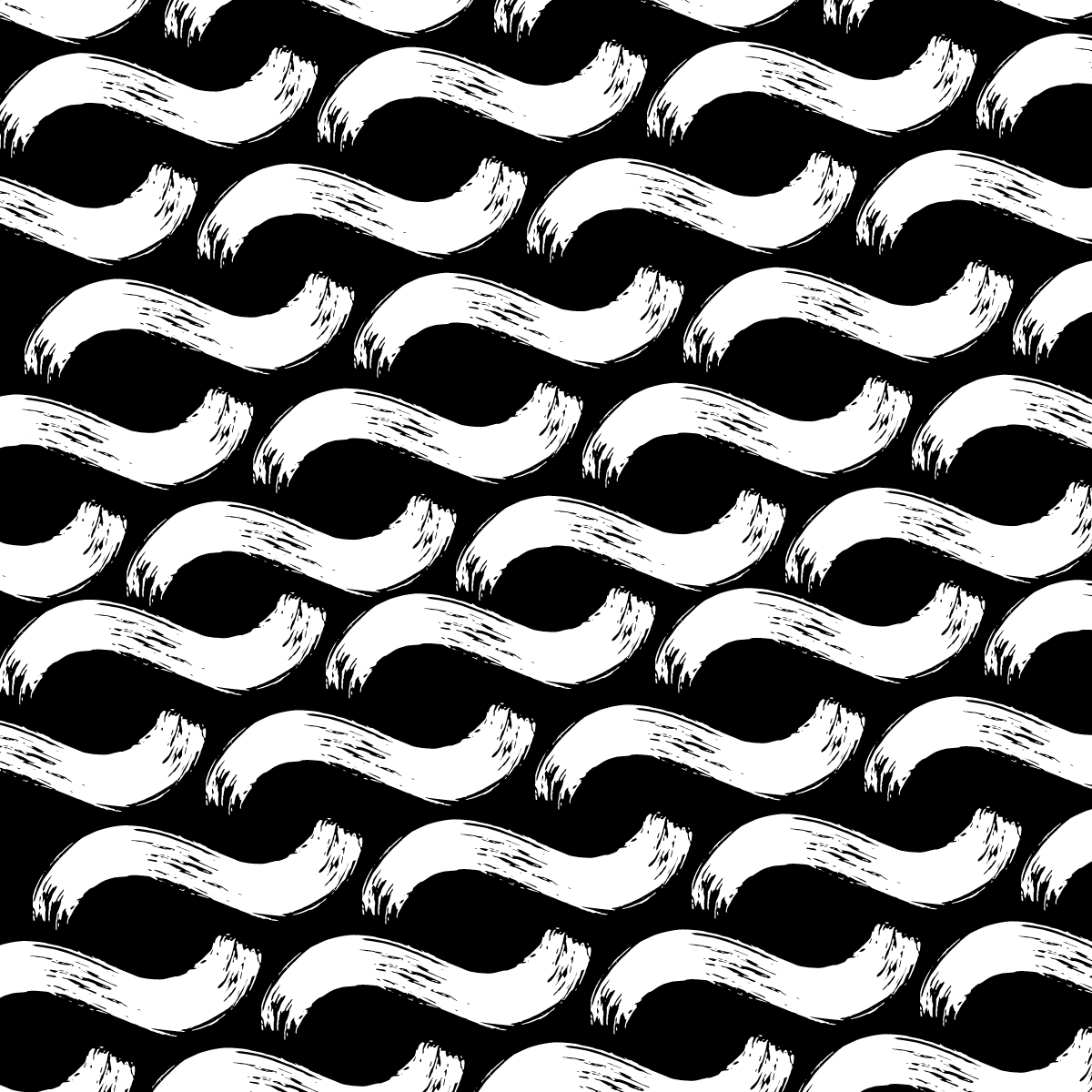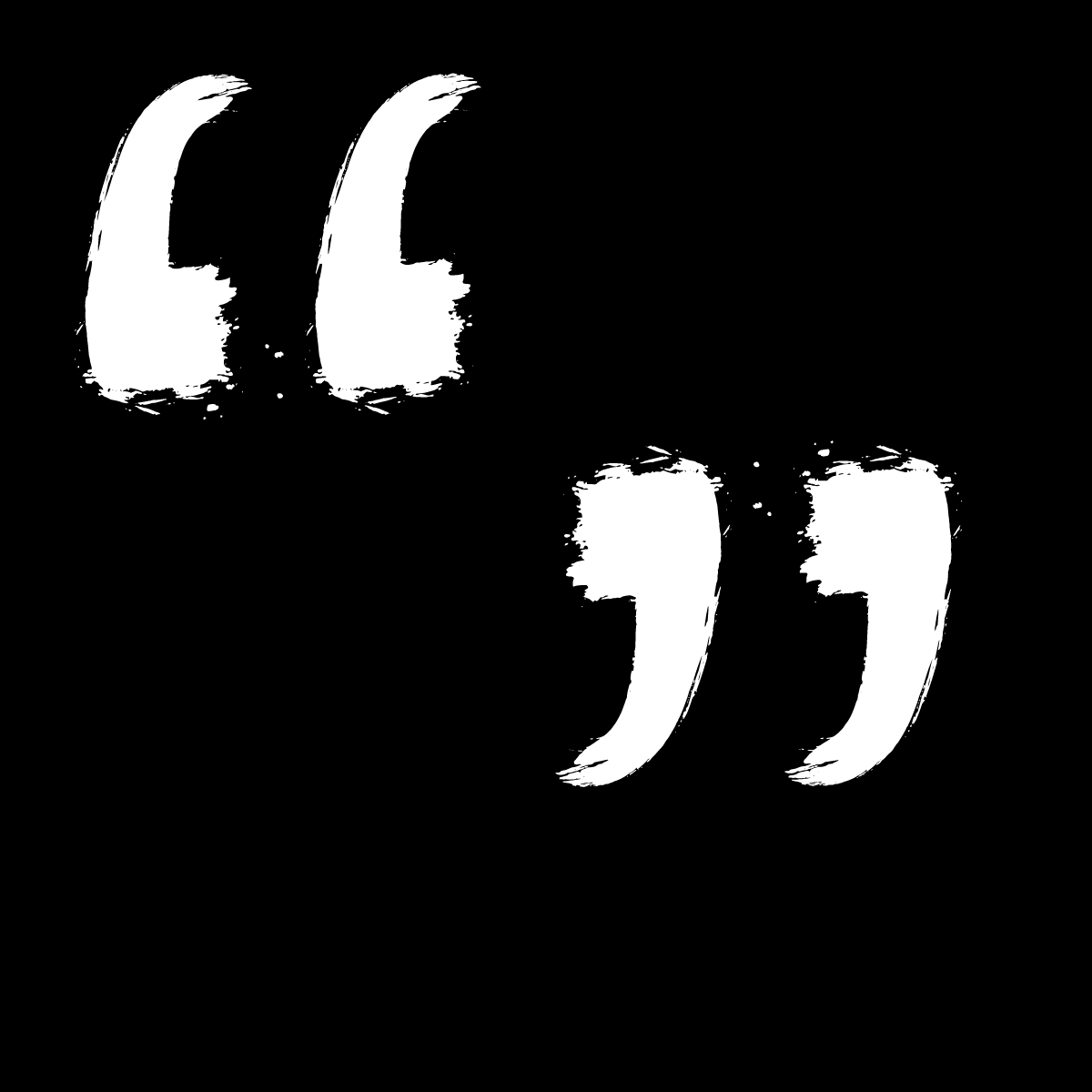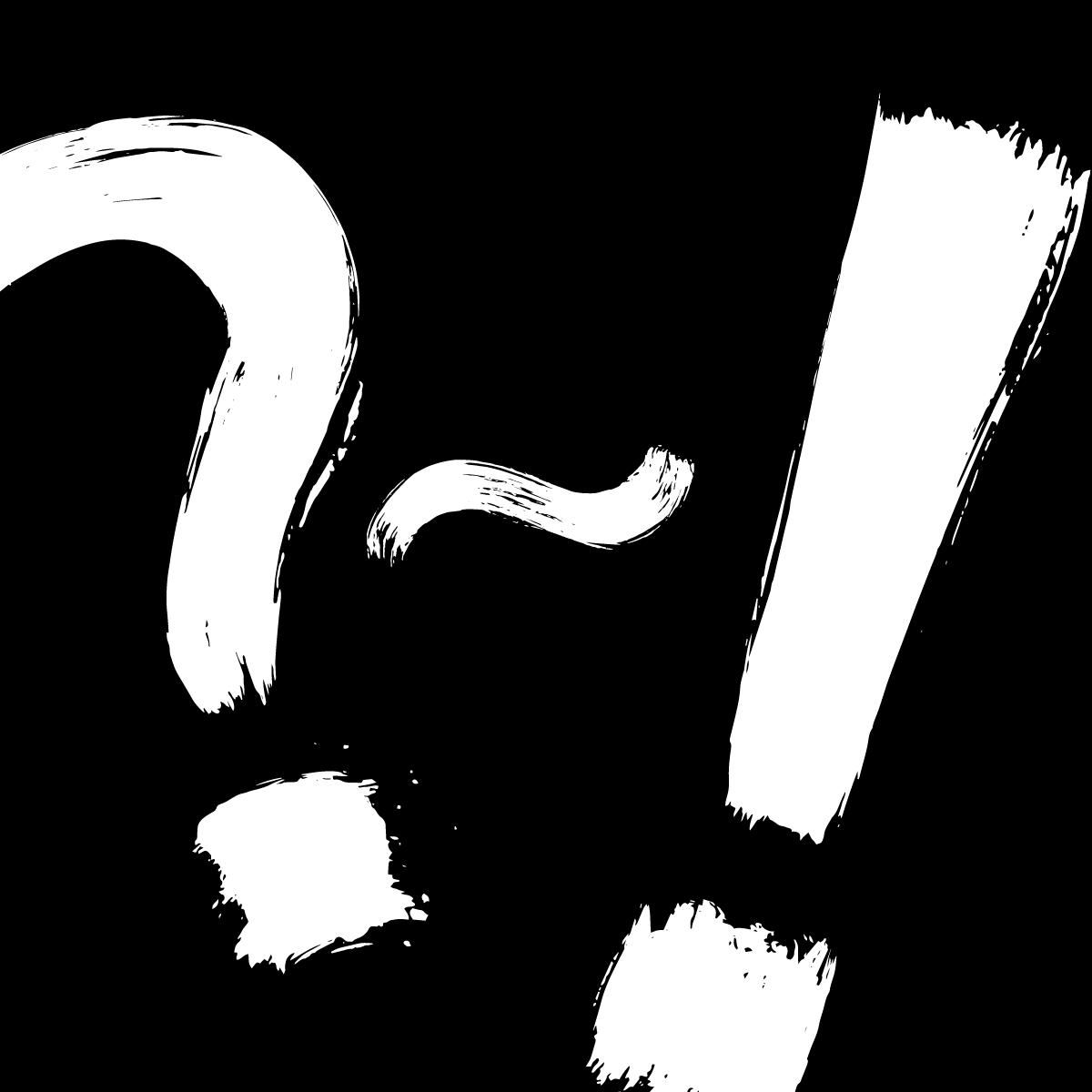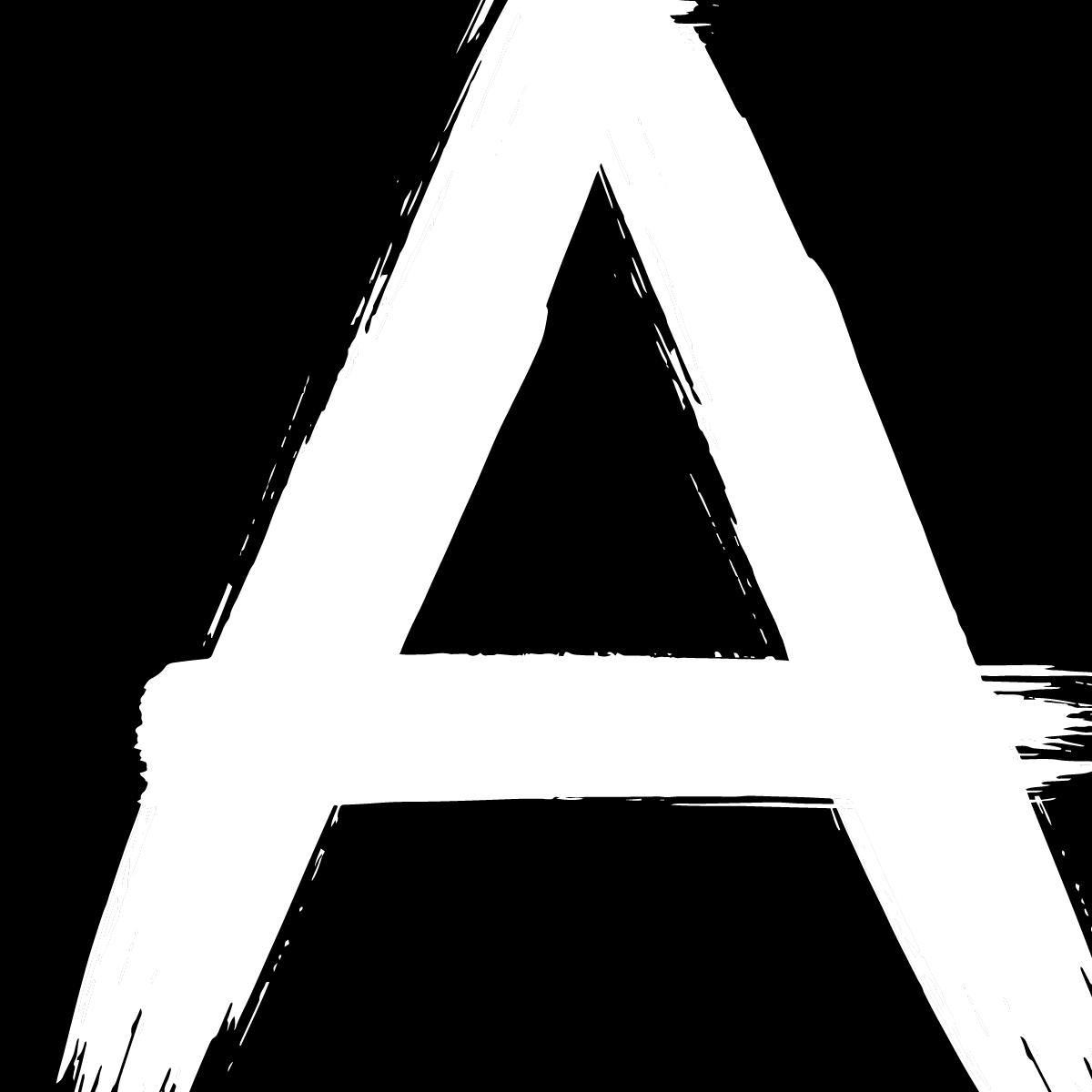Antiquoted
Antiquoted
Quotation marks comment on the truth about what has been said – their omission has an equal amount to say
Freya Howarth
Quotation marks, those helpful little hands, frame written speech in such a quiet way that I rarely pause to notice them—except in their hollow, echoing absence. Each time I come across this omission at the beginning of a book it trips me up a little, like when you’re walking down a flight of stairs and it ends one step sooner than expected. Inevitably I get used to it and it recedes into the background, but it leaves me wondering what I’m supposed to be getting from this authorial and editorial decision. I’m not alone in noticing this: listen closely and you’ll hear a quiet debate susurrating in the margins of the literary internet and behind the paywalls of journals.
The outspoken writer Lionel Shriver expressed her displeasure with ‘the quoteless fad’, while the late novelist and editor EL Doctorow abandoned these ‘fly-specks on the page’, arguing ‘if you’re doing it right, the reader will know who’s talking’. The go-to style guides and references say little on this subject, focusing on how to use quotation marks correctly—their omission is an act of rebellion. The history of quotation marks offers insights into their use, and points towards multiple interpretations of their disuse in contemporary literary fiction.
See our style guide page for more on the uses of Quotation Marks.
The History of Quotation
and the Idea of
Intellectual Property
The precursor to modern quotation marks is the diple, which appeared in the margins of manuscripts to indicate a passage containing wisdom (usually from classical or religious sources) that readers might wishto lift for their own uses. The diple and modern quotation marks both indicate speech, but the diple seemed to say ‘here is wisdom for all’, while quotation marks have come to mean that the words they enclose belong to their writer or speaker. The first use of inverted commas dates to the sixteenth century, though they still lived in the margins of texts, next to—though not yet enclosing—quoted words. The printing press solidified punctuational conventions by imposing its own constraints. Quotation marks moved from the margins to within the text as this was more convenient for typesetting. Other punctuation moved within the quotation marks to protect it from being dislodged during the printing process—a convention that still stands in some cases (though this varies with circumstances and between British, Australian and US English).
The adoption of quotation marks in the eighteenth century also corresponds to the time when the idea of intellectual property gained traction in England with the 1710 Statute of Anne. Once we had the idea that a person’s words belong to them, it made sense that we would need a way to indicate this ownership. In an article that draws a connection between misquotation and speech uttered under torture, Margreta de Grazia argues: ‘Quotation marks bear a striking and pervasive witness to this reconfiguration of language as property.’ According to de Grazia quotation marks play an essential role in distinguishing between direct and indirect discourse, or ‘between quoting and paraphrasing’. De Grazia refers to the 1991 court case Masson v New Yorker where the psychologist Masson sued The New Yorker over an article written by Janet Malcolm in which she changed his words within supposedly direct quotations. Quotation marks being generally understood to signal an objective reproduction of the words of another person, to alter them—and particularly in such a way that they incriminate their supposed utterer—is legally and morally wrong and amounts to ‘the takeover of another’s voice’.
“Once we had the idea that a person’s words belong to them, it made sense that we would need a way to indicate this ownership.”
A Novel
History of
Quotation Marks
Quotation marks (in some form) are unlikely to ever be completely dropped from non-fiction writing, as they are so intrinsically tied up in announcing the objectivity of reported speech: that the words clasped between quotation marks were actually spoken. In fiction, there is no requirement to report objectively; instead, the goal of fiction is to capture something that the author feels is true (‘truth’ being a concept that is bigger, looser and more fluid in interpretation than the idea of objective facts or knowledge). By the end of the eighteenth century, quotation marks as we know them were standard in English literature. This corresponds to the rise to prominence of the novel. Jane Austen’s handwritten manuscripts show that she was punctuating her witty dialogues with quotation marks, and nineteenth century reprints of earlier books also added them in. In the Realist tradition, quotation marks delineating dialogue offer readers a chance to witness the words of a character directly, as if they were present in the scene, with nothing intervening between them and the unfolding action.
With the birth of Modernism in the early twentieth century, novelists sought to capture the inner workings of a character’s mind, like a mirror held up to consciousness. Then, with Postmodernism, came the borrowing of references from the past, giving rise to a playfulness with the form of the novel and a ‘culture of quotations’. Contemporary writers seem to be concerned with the question of who tells a story, on what authority, and the idea of representing multiple ‘truths’. In How Fiction Worksthe literary critic James Wood argues: ‘We have all read many novels in which the machinery of convention is so rusted that nothing moves. Why, we say to ourselves, do people have to speak in quotation marks?’ The continued use of quotation marks seems less certain among all these changes. If we’re challenging everything, why would quotation marks be exempt from this scrutiny?
Miles Allinson on
Imperfect Memory
and the ‘Queasiness’ of Speaking for Others
One of the books that fuelled my curiosity about unquoted speech is Miles Allinson’s 2015 debut novel Fever of Animals. Miles, the narrator, makes three attempts to tell the story of the death of his father, the breakup of his relationship and his quixotic quest to learn about an obscure Romanian surrealist painter who vanished into the woods. Dialogue isn’t actually all that prominent in a novel that’s largely introspective, but, perhaps ironically, it stood out to me because of its lack of quotation marks. I asked Miles (the author) why he decided to leave out quotation marks:
From what I can remember, I think it had to do with a certain queasiness about quoting people, even imaginary people. The book is about memory, about what we remember happening rather than about what actually happened. The whole thing is happening inside the narrator’s head. Quotation marks would have suggested a kind of veracity or objectivity that I didn’t want. Also they’re really annoying to put in.
Miles’s ‘queasiness’ speaks to de Grazia’s concern about misquoting as forced self-incrimination but, interestingly, Miles’s solution is kind of the opposite: to claim nothing as a direct quotation; to say that everything is filtered through the narrator’s perceptions and memory. In this instance, quotation marks would have interfered with the effect of truthfulness. After all, how truthful (here meaning believable or credible) is it that a narrator can recall verbatim every exchange they have had that appears throughout a novel? Quoting dialogue could make it seem more like the whole thing is an invention; removing quotation marks, suggesting a less direct version of speech, may have the effect of making the narration seem less contrived, more authentic and truthful, in the literary sense. Omitting quotation marks is a way of acknowledging the flawed, imperfect memory and subjective viewpoint of the narrator.
Quotation marks are one of many punctuational tools at a writer’s disposal. Both their use and disuse can have powerful effects by communicating to readers the state of the narrator’s consciousness and perspective on the story they are telling. Miles went on to tell me that he’s using quotation marks in the book he’s writing now: ‘Even though it’s similarly interested in the process of memory. But I wanted this one to be less internal, less monologuey—and to suggest the realness of other people, in a way the first one didn’t’. While some writers make a choice about quotation marks from book to book, others omit quotation marks as a matter of their ongoing style; this is the case for Ali Smith.
Ali Smith and the
Ambiguity of
Unquoted Speech
Ali Smith’s 2014 novel How to Be Both is divided into two sections, one following Francesco del Cossa, a fifteenth century fresco painter in Italy, and the other following George, a teenage girl in 2014 London, and was printed in two versions, so two readers buying ostensibly the same book might read these sections in a different order. Words wind across the page like a stream : spaced colons punctuate the narration and Smith plays with and interrogates tense. Among all this, the omission of quotation marks seems like the least of Smith’s experimentation. In a book where Smith has clearly made so many deliberate choices, it’s worth asking why she uses unquoted dialogue. This choice comes into effect from the very first page of the George section:
Consider this moral conundrum for a moment, George’s mother says to George who’s sitting in the front passenger seat.
Not says. Said.
George’s mother is dead.
What moral conundrum? George says.
The passenger seat in the hire car is strange, being on the side the driver’s seat is on at home. This must be a bit like driving is, except without the actual, you know, driving.
The fact that we enter a scene in progress, mid-dialogue, the tense changes and, yes, the lack of quotation marks, all contribute to the ambiguity of this opening scene. In a Paris Review article, Adam O’Fallon Price writes:
The impulse toward ambiguity in storytelling remains one of the strongest felt markers of ‘literary’ quality … many if not most readers harbor a received and not entirely examined sense of this prejudice: that an ambiguous text is almost by nature more sophisticated than a nonambiguous text.
There does seem to be something to this idea. After all, in 2014 How to Be Both was shortlisted for the Man Booker prize, one of the world’s most prestigious literary fiction awards. Coincidentally, that year’s prize-winner was Richard Flanagan’s The Narrow Road to the Deep North, another novel without quotation marks. Little mention is made. of this omission in reviews for either book, though many touch on the ambiguous quality of Smith’s writing. In her review in The Guardian, Elizabeth Day describes How to Be Both as a ‘textual hall of mirrors’ where ‘nothing is certain’. Ambiguity may bestow a literary aura on a work of fiction, yet surely it must serve a greater purpose than merely confusing or annoying the reader.
The Macquarie defines ‘ambiguous’ as meaning ‘open to various interpretations; having a double meaning; equivocal’. In the scene above, it’s unclear what is speech and what is narration. At first reading, the paragraph beginning with ‘The passenger seat …’ seems like it could be another line of dialogue, although I’ve since interpreted it to be narration. But another reader might disagree with me; it’s ‘open to various interpretations’. Double meaning is built into the very structure of the book, with its two halves and two potential sequences setting readers up for different interpretations. And it’s truly equivocal: containing the equal voices of Francesco and George. Ambiguity supports the stories Smith is telling in this book. Unquoted dialogue, in the service of ambiguity, offers a payoff for the reader who takes the time to puzzle through it.
As long as quotation marks are deployed or suppressed thoughtfully and with intention—either because of a writer’s style or to serve the needs of a particular story—I am content. ‘One can sense the difference between a subjective will that brutally demolishes the rules and a tactful sensitivity that allows the rules to echo in the background even where it suspends them.’ The more tools writers have at their disposal, the richer the stories they can tell—part of this richness emerges from the reader’s willingness to engage deeply in interpreting the author’s choices.









